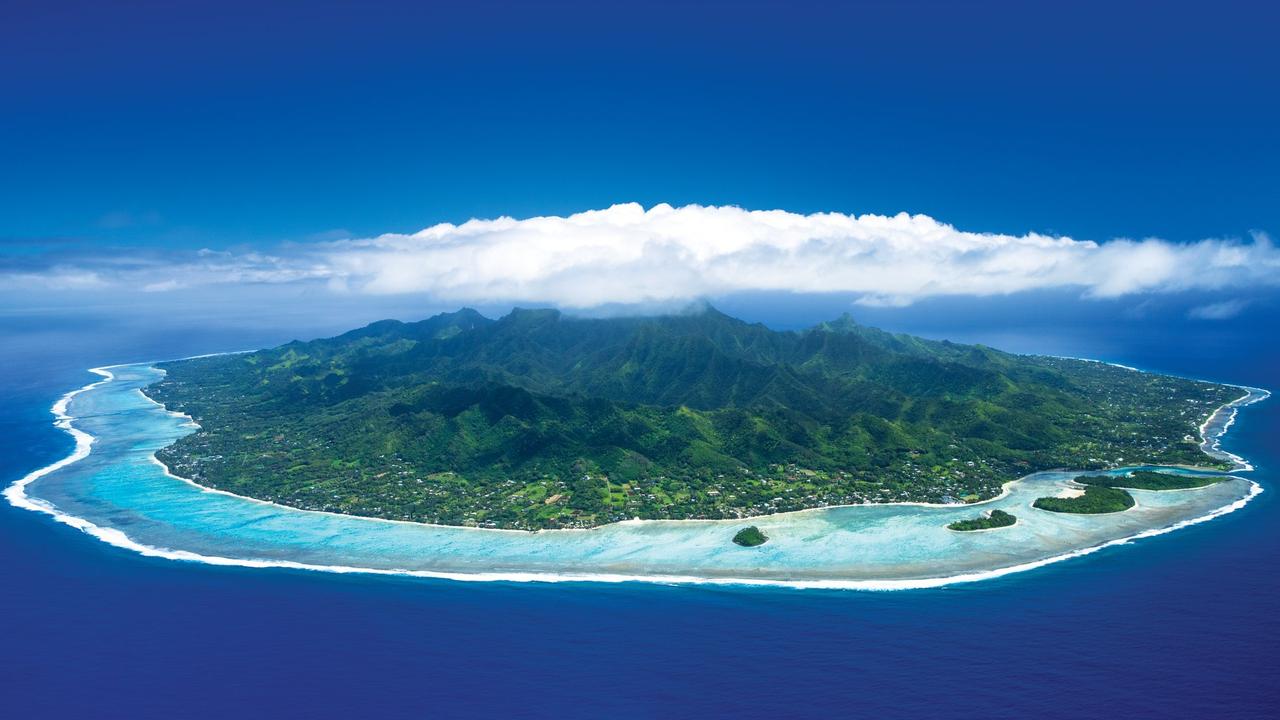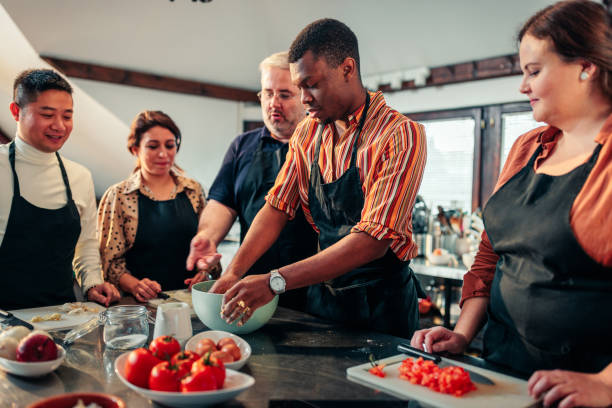Introduction
The Cook Islands is an enchanting group of 15 islands located in the heart of the South Pacific Ocean. With its turquoise waters, lush mountains, warm hospitality, and unspoiled beaches, the Cook Islands offer a perfect blend of natural beauty and cultural depth. Unlike over-commercialized tourist destinations, these islands retain their authenticity, making them a dream for travelers seeking a serene and enriching escape.
From the bustling main island of Rarotonga to the secluded serenity of Aitutaki, the Cook Islands are more than just postcard-perfect scenery. They are home to proud Polynesian traditions, unique crafts, delicious cuisine, and an unmatched pace of life that invites visitors to slow down and reconnect with what truly matters. In this article, we explore everything that makes the Cook Islands a must-visit destination—from attractions and local customs to travel tips and lifestyle insights.
Geography and Natural Beauty
The Cook Islands span over two million square kilometers of ocean and are divided into two main groups: the Southern and Northern Cook Islands. Rarotonga, the capital and most populous island, is surrounded by a protective coral reef, offering stunning beaches and a ring of lagoons perfect for swimming, snorkeling, and kayaking.
Aitutaki, often hailed as one of the most beautiful islands in the world, boasts a surreal lagoon dotted with motus (tiny islets) and is a favorite spot for honeymooners. Other islands such as Atiu, Mauke, and Mangaia remain largely untouched by mass tourism and showcase the raw, natural side of the Pacific.
Volcanic peaks, limestone caves, lush rainforests, and coral atolls paint a picture of paradise, while the islands’ biodiversity makes them a haven for bird watchers, marine life enthusiasts, and nature photographers.
Culture and Traditions
The Cook Islands culture is deeply rooted in Polynesian heritage and remains vibrantly alive. Music, dance, storytelling, and tattoos are all integral to daily life and ceremonies. The traditional Cook Islands dance, known as “ura,” is an expressive art form performed during cultural festivals and community celebrations.
Locals speak both English and Cook Islands Māori (Te Reo Māori Kūki ‘Āirani), and their warm, welcoming nature adds to the islands’ allure. Family and community are central to life here, and visitors are often invited to local events, including feasts called “umu” where food is cooked in underground ovens and shared in a communal setting.
Craftsmanship is also a vital part of Cook Islands identity. Handwoven hats, shell necklaces, wood carvings, and tivaevae (colorful quilts) reflect the islands’ creative spirit and make meaningful souvenirs.
Economy and Lifestyle
The economy of the Cook Islands is driven primarily by tourism, which makes up a significant portion of the GDP. Agriculture and fishing play supporting roles, along with offshore banking and pearl farming. Despite its modest size and remote location, the islands maintain a stable economy and a relaxed, high-quality lifestyle.
Locals often grow their own food, including taro, breadfruit, coconut, and bananas. Markets brim with fresh produce, and the community atmosphere means neighbors trade and share generously. The laid-back lifestyle, low crime rate, and connection to nature contribute to a sense of well-being and happiness among the local population.
Cuisine and Dining
Cook Islands cuisine is a flavorful fusion of Polynesian traditions and global influences. Seafood features prominently, especially tuna, marlin, and mahi-mahi, often cooked in coconut cream or grilled. One of the most beloved local dishes is “ika mata”—raw fish marinated in lime juice and coconut cream.
Fresh tropical fruits, root vegetables, and hearty stews round out the local menu, and visitors can enjoy traditional meals at village feasts or dine at island restaurants offering everything from casual beachside grills to fine dining.
Travel Tips and Best Times to Visit
Traveling to the Cook Islands is relatively straightforward, with direct flights from New Zealand and connections from Australia. Rarotonga International Airport is the main gateway, and once there, visitors can explore other islands via domestic flights or ferries.
The best time to visit the Cook Islands is during the dry season, which runs from May to October. During these months, the weather is cooler and less humid, with calm seas and clear skies. However, the islands are beautiful year-round, and even in the warmer wet season (November to April), showers are typically brief and followed by sunshine.
Rental scooters and cars are the preferred means of transport on Rarotonga. It’s advisable to drive slowly and soak in the sights, as the island loop road offers scenic views of beaches, mountains, and villages.
Popular Activities and Attractions
The Cook Islands offer a range of activities catering to both adventure seekers and relaxation lovers. Popular experiences include:
-
Snorkeling and diving: Coral reefs around Rarotonga and Aitutaki teem with colorful fish, sea turtles, and unique marine ecosystems.
-
Lagoon cruises: Visitors can take glass-bottom boat tours or catamaran trips to explore Aitutaki’s world-famous lagoon.
-
Mountain hiking: Trails like the Cross-Island Track on Rarotonga provide breathtaking views and connect hikers with the island’s lush interior.
-
Cultural nights: Traditional dance performances, music, and local food make cultural nights unforgettable.
-
Markets and shopping: Punanga Nui Market in Rarotonga is a bustling hub for local crafts, fresh food, and live entertainment.
Weddings and Honeymoons
The Cook Islands are a popular destination for weddings and honeymoons, thanks to their idyllic scenery, romantic seclusion, and warm climate. Many resorts offer wedding packages that include traditional ceremonies, beachside receptions, and spa services.
Couples can exchange vows on white-sand beaches at sunset, take a private cruise on a turquoise lagoon, or enjoy a candlelit dinner under the stars. With its blend of natural beauty and personalized service, the Cook Islands provide a truly magical setting for unforgettable memories.
Sustainability and Conservation
Environmental awareness is strong in the Cook Islands, with ongoing efforts to protect marine life, limit plastic use, and promote sustainable tourism. Several islands have marine reserves, and community-led conservation projects are common.
Visitors are encouraged to support eco-friendly businesses, respect local customs, and help preserve the natural wonders that make the islands so special. The balance between development and conservation is a key focus, ensuring that future generations can enjoy the Cook Islands’ pristine environment.

Frequently Asked Questions (FAQs)
What is the currency of the Cook Islands?
The official currency is the New Zealand Dollar (NZD), but the Cook Islands also issue their own coins, which are used locally and make great souvenirs.
Do I need a visa to visit the Cook Islands?
Citizens from many countries, including New Zealand, Australia, the UK, and the EU, do not require a visa for stays up to 31 days. However, a valid passport and return ticket are necessary.
What language is spoken in the Cook Islands?
English and Cook Islands Māori are the official languages. English is widely spoken, especially in tourist areas.
Is it expensive to travel to the Cook Islands?
The Cook Islands offer a range of budget to luxury options. While flights can be costly, daily expenses can be managed affordably with local food, guesthouses, and public transport.
Are the Cook Islands safe for tourists?
Yes, the Cook Islands are considered very safe. Crime rates are low, and the locals are welcoming and helpful. Still, standard travel precautions should be followed.
What are the must-visit islands in the Cook Islands?
Rarotonga and Aitutaki are the most popular, but other islands like Atiu and Mauke offer unique experiences for those wanting to explore beyond the main tourist hubs.
What power outlets do the Cook Islands use?
They use Type I electrical outlets (same as New Zealand and Australia), with a standard voltage of 240V. Travelers from other regions may need an adapter.
Is internet access available in the Cook Islands?
Yes, internet is available, but it can be slower and more expensive than in other countries. Many accommodations offer Wi-Fi, and local SIM cards can be purchased.
Can I use credit cards in the Cook Islands?
Credit cards are accepted in many hotels, restaurants, and shops, especially on Rarotonga and Aitutaki. It’s advisable to carry some cash for small purchases or visits to outer islands.
Conclusion
The Cook Islands offer a unique and captivating experience for those seeking a mix of relaxation, culture, and adventure. With its breathtaking natural beauty, strong cultural heritage, and friendly community, the islands provide a welcoming and unforgettable escape from the hustle of modern life.
Whether you’re planning a romantic getaway, a family vacation, or a solo retreat, the Cook Islands stand out as a destination that delivers not only scenic splendor but also deep, soulful moments of connection. It’s not just a place to visit—it’s a place to feel, to breathe, and to truly live.




